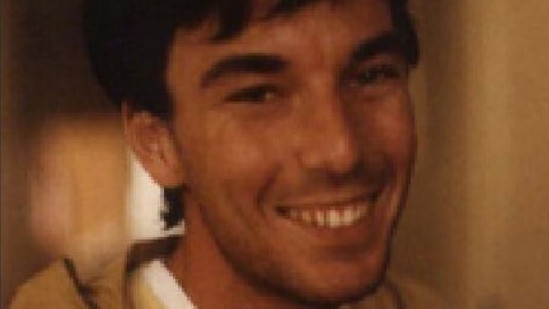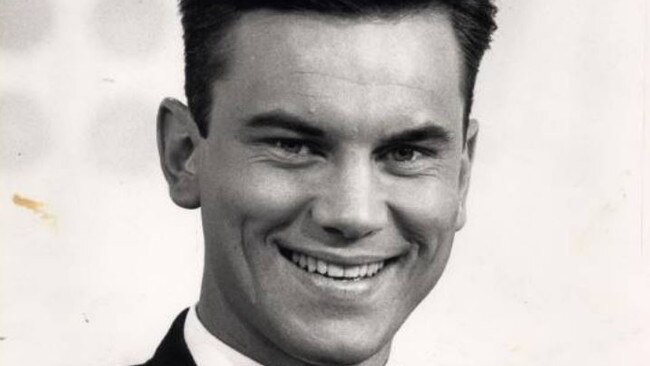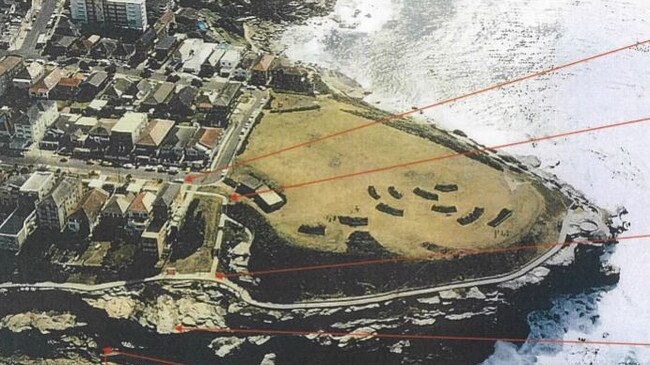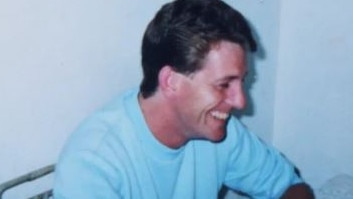NSW Police probed in Special Commission into Hate Crimes
The conduct of police has come under the spotlight again in an inquiry into their handling of a spate of suspected murders in the 1980s.

Breaking News
Don't miss out on the headlines from Breaking News. Followed categories will be added to My News.
The conduct of NSW Police has again been scrutinised in an inquiry into the force’s handling of a spate of suspected yet unsolved murders.
The Special Commission of Inquiry into LGBTIQ hate crimes, which has been established to probe the conduct of NSW Police investigators in relation to likely gay hate deaths, particularly in the 1980s, resumed in Sydney on Tuesday.
Letters tendered to the commission on Tuesday by James Emmett SC revealed that police had lost or destroyed evidence related to the death of as many as 21 victims.

The airing of the lost material on Tuesday comes after NSW Police came under a withering attack in the inquiry last week for seeking to discredit coronial findings into suspected gay-hate deaths.
That part of the inquiry concerned the deaths of John Russell, Gilles Mattaini and Ross Warren, gay men who died in suspicious circumstances in the Sydney suburbs of Bondi and Tamarama in the 1980s.
The inquiry was told last week that Marks Park, a popular gay beat, was also the scene of regular “p**fter bashings”.
It was also told that a NSW Police strike force, after dedicating “considerable efforts and resources” to overturning the earlier findings and reclassifying the men’s deaths, deliberately chose not to pursue people of interest in the investigation, including gang members.

This week’s hearing, which will run until Thursday, will focus on the investigative practices of the NSW Police in the 1980s.
Mr Emmett said one of the topics to be explored this week would be the “suspected bias” in investigating crimes that concerned Sydney’s LGBTIQ, or queer, community.
He said Justice John Sackar, a judge on the NSW Supreme Court who is presiding over the inquiry, would need to ask himself whether the “loss or degradation” of the exhibits “might have been affected by any conscious or unconscious bias” in the police force at the time.
“Given what we know about the widespread bias, not just within the police force but in the wider community in the 1970s and 1980s, you may take the view that there is a likelihood that some of the deficiencies and oversights … were affected by conscious and unconscious bias,” Mr Emmett said

The letter from solicitors representing the inquiry to the office of the General Counsel of the NSW Police Force, dated May 26, included a schedule of all the cases under investigation where evidence had disappeared.
The evidence relates to the disappearance of men such as Gerald Cuthbert, who was murdered in 1981, John Russell, who was believed murdered in 1989, and train driver Carl Stockton, who died in 1996.
According to the letter, the range of items lost or destroyed by police ranged from dental records, victims’ clothing, and, in the case of Mr Russell, a clump of hair found on the left hand of his dead body by initial detectives.
In one of the cases, concerning the 1978 death of David Lloyd-Williams in Manly, NSW Police “indicated there was nothing to produce in relation to the death of Mr Lloyd-Williams.”
The inquiry continues.
Originally published as NSW Police probed in Special Commission into Hate Crimes


